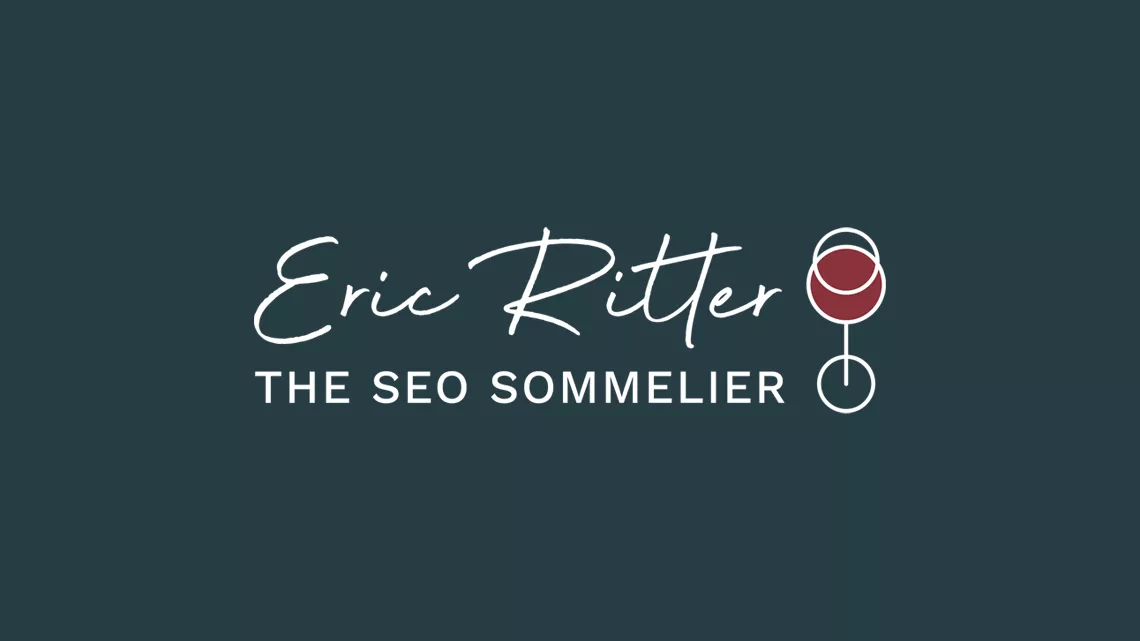First we need to make sure we are asking the right question. Is it as simple as age-old advertising dilemma: “How do advertisers and brands connect with millennials and teens on a deeper level?” Yes it is. Over and over advertisers chase the next shiny object in hopes of answering this fairly simple question. Well, now at the half-way point of 2014 the answer seem to be native ads.
Native Advertising
In the past year, native advertising has gained a fair share of interest as well as controversy in the ad industry. At the bare minimum it is viewed simply as an alternative to static banners or just something else to throw into the digital media mix. A big reason native advertising is taking off is because brands and agencies complain about how ineffective of an eyesore to consumers traditional banner ads are. With native ads there is a very fine line to walk, as pushing out content that comes across as too authentic can turnoff teenagers from a brand’s marketing.
McDonald’s Native Ad push

For this campaign, McDonald’s has chosen to highlight the origin of its coffee beans and give consumers the sought after “behind-the-scenes” look of their product.
The first thing that becomes ver clear is that it is a big change from the brand’s typical flashy mobile ads – and I like it.
Reaching millennials
Right now, the successful Buzzfeed “promoted stories” ad units are leading the native advertising charge. However, while there are no hard success metrics (yet) I believe that in late 2014, native ads are the answer for advertisers and brands on how to connect with millennials and teens on a deeper level.
We’ve seen this all before
Like most forms of digital advertising, they are simply a derivative of something we have seen before in the offline world. In this case, I’ll argue that native ads are simply an updated and digital version of advertorials. Right now, every single website is scrambling for a way to sell “native ads” to advertisers. Hopefully this means that we will see some very viable options very soon.




